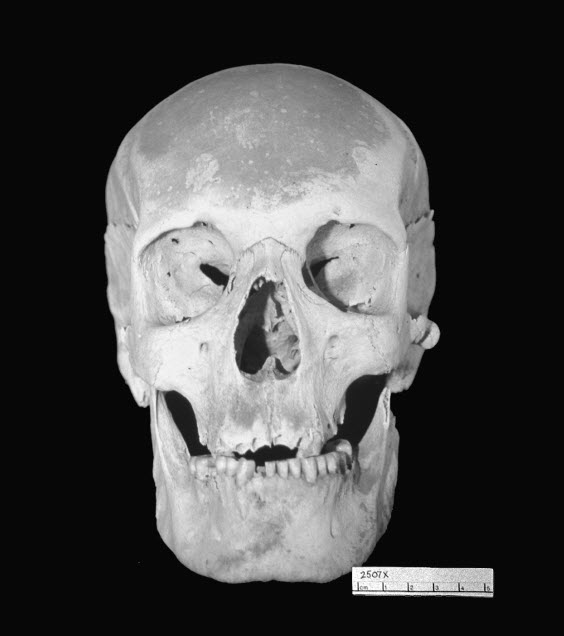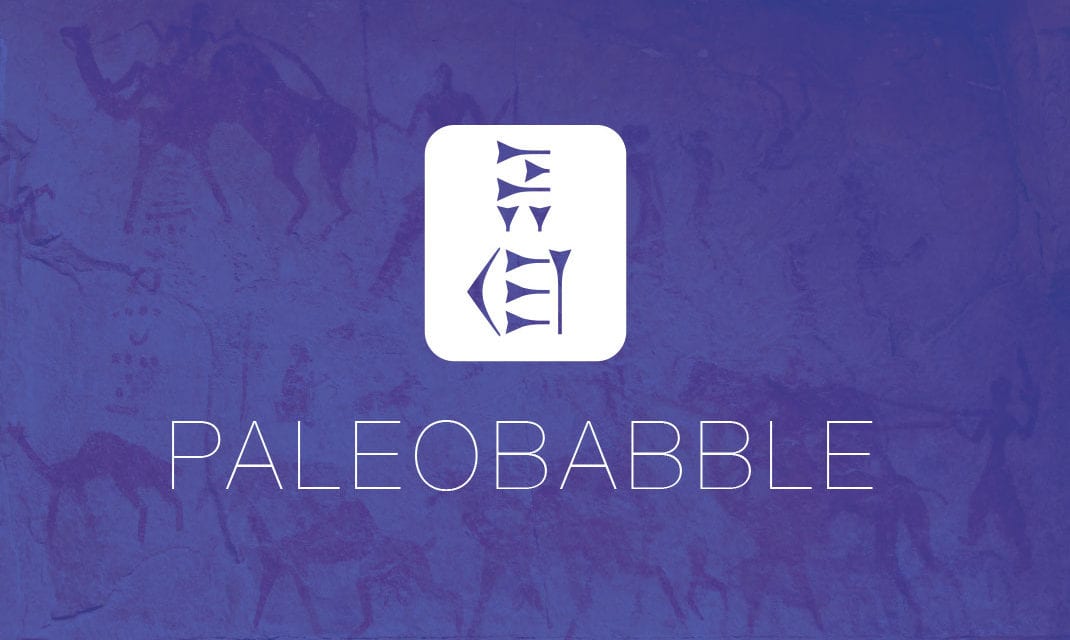I came across this article tonight — it’s accessible online:
D. M. Mulhern, “A Probable Case of Gigantism in a Fifth Dynasty Skeleton from the Western Cemetery at Giza,Egypt,” International Journal of Osteoarchaeology 15 (2005): 261–275.
In contrast to the wild, often absurd speculations of “giant researchers,” this is what actual research into physical remains of individuals taller than most in antiquity actually looks like. This particular individual was possibly 6′ 4″ — considerably taller than the average Egyptian male as the article notes (and for those who actually want real data, see the articles sources for studies of skeletal remains, both average and unusual). This height is quite consistent with Goliath in the Dead Sea Scrolls. The authors write:
The stature of skeleton 2507X is not extreme compared with modern pituitary giants, although stature is very tall compared with other ancient Egyptians. The lower half of the body does not exhibit more pronounced growth compared with the upper half based on stature estimates of the fibula compared with the humerus, radius and ulna. In general, bones show less muscular development than expected for an individual of this size, except for the femora.
The article is useful for both its thorough examination of every part of the skeleton to discern the cause of the height and its collection of other source material. I was struck by the picture of the skull — does it look familiar? It does to me. I believe that it’s been used online in greatly exaggerated (read: fabricated) reports of giants:

But maybe it looks familiar because of the cause of the gigantism — associated with the pituary giantism and acromegaly. I’ve seen a good number of these and they may tend to look the same. But I’ve seen very similar pictures from disreputable researchers.
Part of the conclusion reads as follows:
“This study describes a Fifth Dynasty skeleton of a large male from the Western Cemetery at Giza, Egypt, probably in his late 20s or early 30s, with metric and pathological features consistent with pituitary gigantism. The combination of tall stature, proportional growth, delayed epiphyseal union and a large sella turcica are consistent with a pituitary growth abnormality. Pathological changes superimposed on the skeleton, including advanced arthritis and a transepiphyseal fracture of the left proximal femur, further support this diagnosis. Additional pathological features, including osteopenia and thinness of the parietal bones, may be related to hypogonadism, a condition sometimes associated with gigantism. Comparative measurements of the cranium and mandible show that a tendency toward acromegalic morphology was also present, which means that the effects of excess growth hormone experienced during growth persisted into adulthood.”





